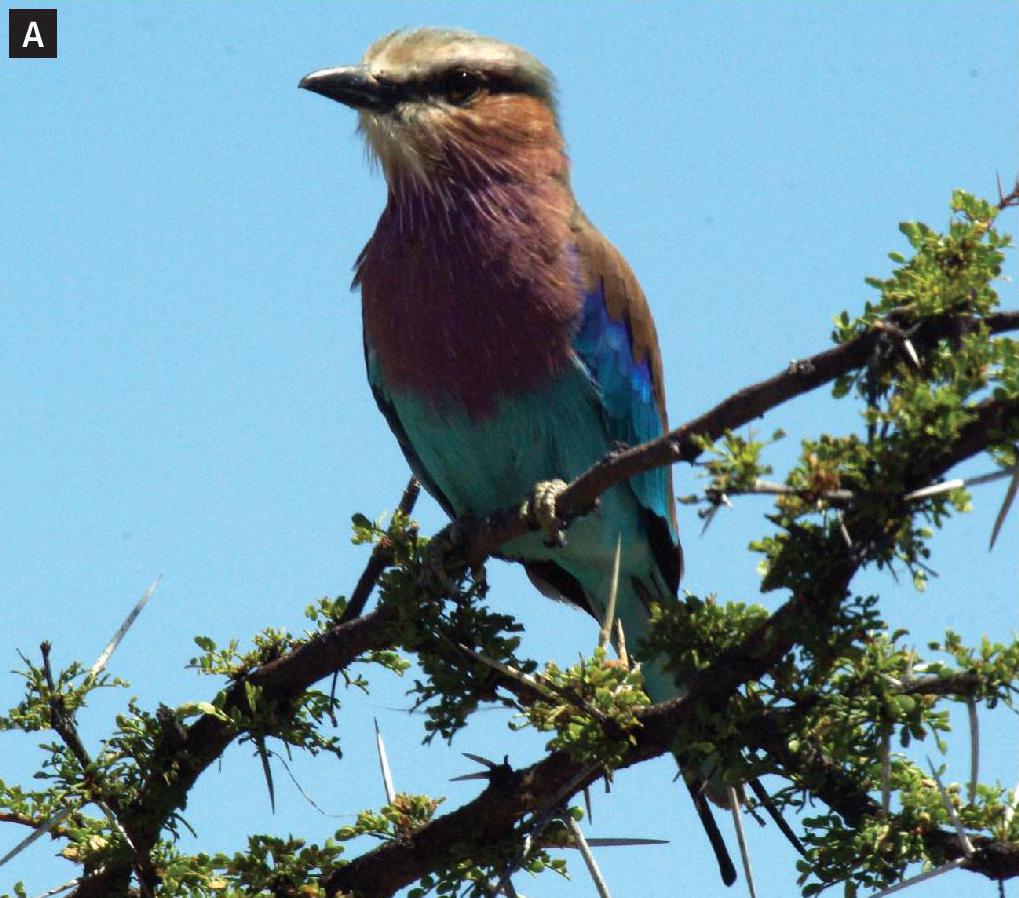
Last year I was in Etosha National Park in the southern African country of Namibia. One of the most spectacular birds found in the park is the lilac-breasted roller (see Figure 1). It is about the size of a pigeon, and feeds mainly on insects. It is an opportunist, sitting in a suitable bush and then flying down to pick up its prey.
There are lights around the lodges in the park, which are switched on at night to pick out mammals coming down to the water holes to drink. These lights attract large numbers of insects. The lilac-breasted rollers around the lodges have adopted a very efficient feeding strategy. Early in the morning, as soon as it gets light, they fly down to the lights and gorge themselves on the insects that have collected there.
Your organisation does not have access to this article.
Sign up today to give your students the edge they need to achieve their best grades with subject expertise
Subscribe




